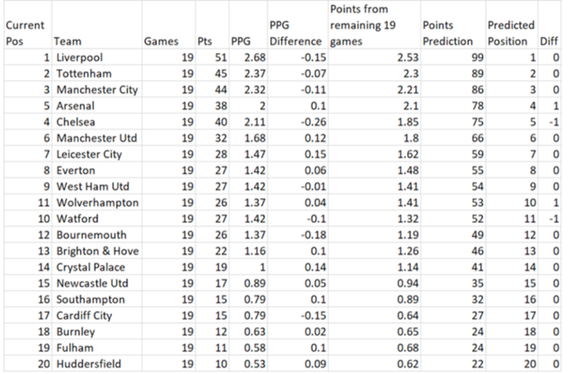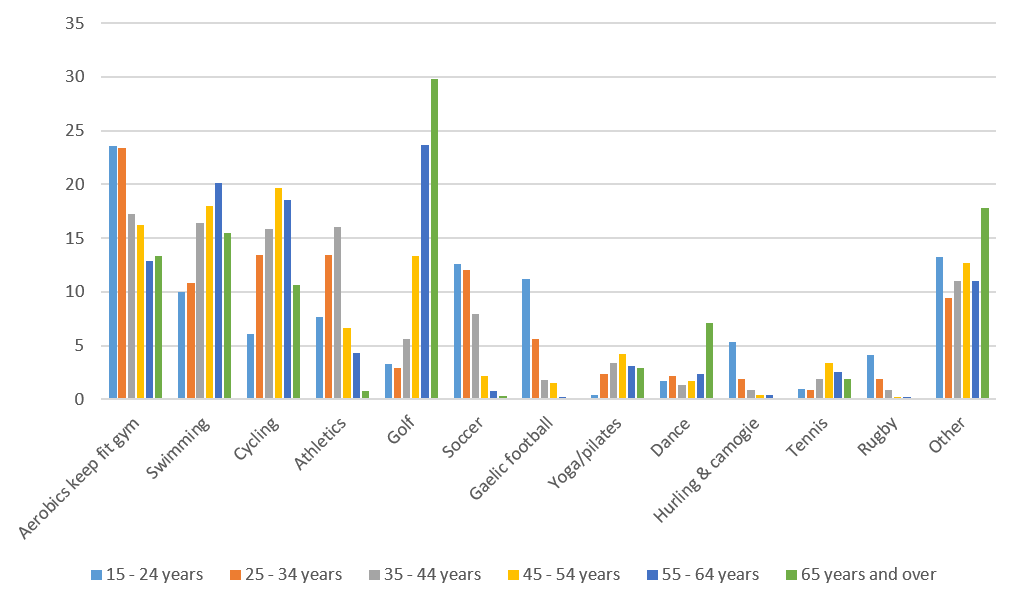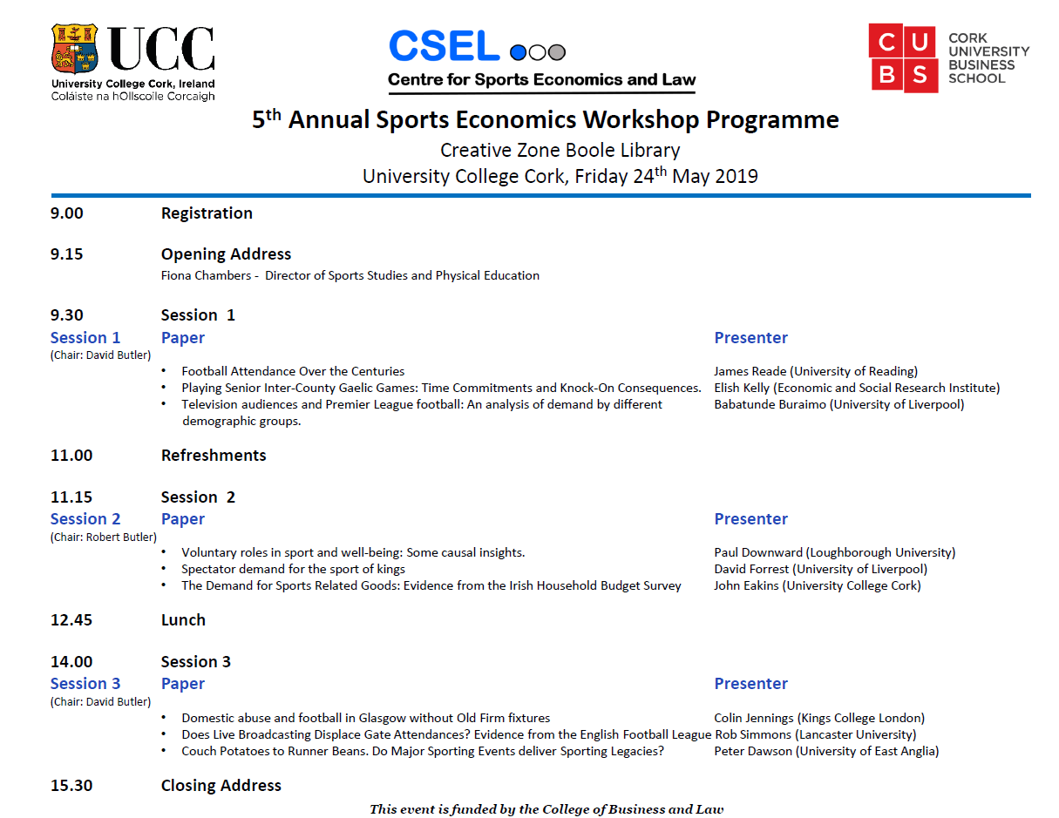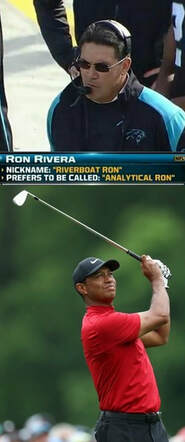Back in December Liverpool led the Premier League, just as they did for 11 minutes on the final day of the season in May. Despite losing just one game, to eventual Champions Man City, the reds finished a point behind in 2nd place. It was an incredible title race as no team has ever hit the 95-point mark and not lifted the trophy (incl. non-Premier League era).
The table below was posted on this site in January and demonstrates the forecast I produced as part of a simulation on the outcome of this year’s title race.
It did however predict that Liverpool would finish on 99 points – 2 more than their actual final total. Had they achieved this Jordan Henderson would be waking up in his Madrid hotel suite with the Premier League Trophy. I wonder if Man City had required 100 points to win the title, would they have converted a draw to a win somewhere along the line?
Pep has boasted about winning 4 titles this season, I wonder how many he’d swap for the chance to win the Champions League in Madrid on Saturday?
A reminder of the forecasting methodology – The simulation was run using data from the 2018/19 season so far (19 games). The simulation model ran 200,000 times with the post sim averages for each attribute being captured and presented in the table.




 RSS Feed
RSS Feed